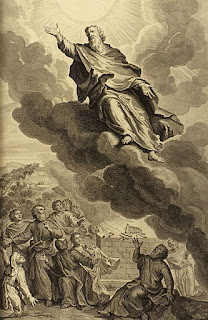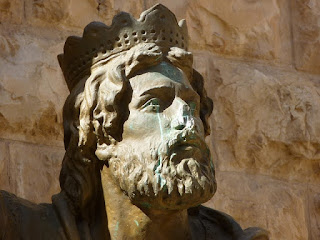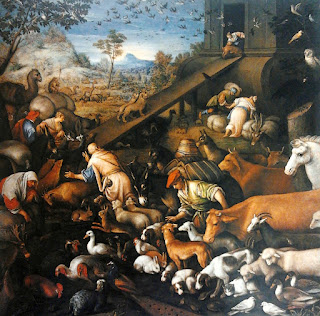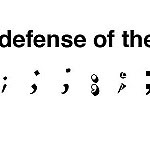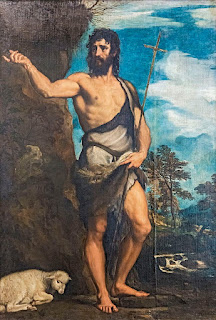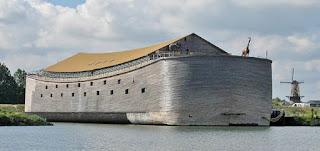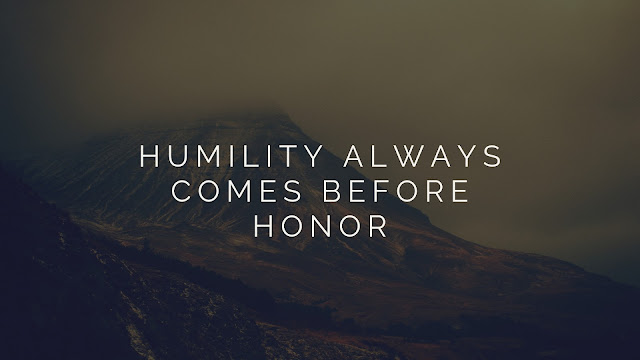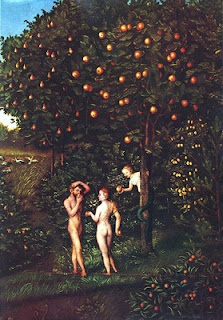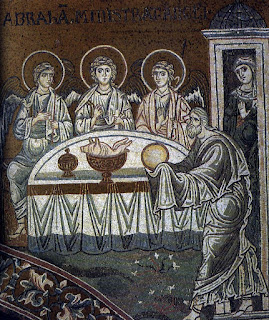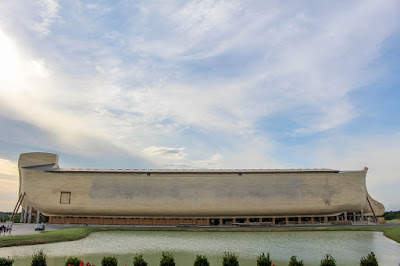Reading Notes - Crash Course: Creation and Destruction

For the extra reading this week I chose to watch the Crash Course Myth videos about creation and destruction. The first creation story mentioned was the traditional Biblical version. Focusing on how humans are the most powerful life followed by other animals. Conversely, in many other religions and legends human are on a more equal level as animals. Some legends even say that human arose from within animals. It was also interesting to hear the view that divine intervention is required to put an end to the failure of humanity (and to prevent the apocalypse). It was also interesting to see how 1) general destruction and 2) punishment and judgement are central themes in almost all apocalyptic mythology. It was really cool to learn about the differences in apocalyptic stories between different religions, such as between Christianity and Islam. I am interested in potentially writing a story about the apocalypse in the future. Apocalypse War Source: Pixabay
